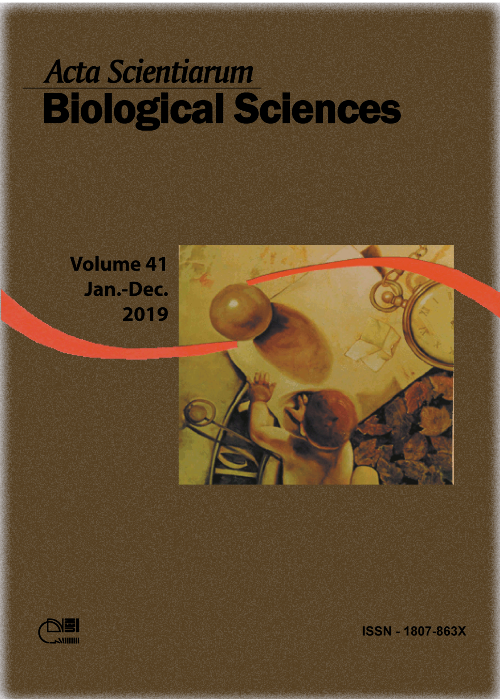Physicochemical characterization of fruits of <i>Campomanesia guazumifolia</i> (Cambess.) O. Berg (Myrtaceae)
Abstract
Belonging to the family Myrtaceae, ‘sete capotes’ is a plant native to the Atlantic Forest biome. It produces yellow-green fruits between February and May. Although used for consumption by local populations, studies of the fruit are rare. The present work aimed at characterize the fruit in terms of physicochemical properties. We quantified mass, volume, moisture, pulp yield, pH, titratable acidity, soluble solids/titratable acidity, proteins, lipids, total sugars, reducing sugars, ash, macronutrients, micronutrients, pectin, vitamin C and phenolic compounds. Compared with commercial fruits and other native fruit trees, sete capotes is unusual for its pulp yield, vitamin C levels, total phenolic compound content, protein levels, calcium content, potassium levels and iron content. Through the results it is verified of the fruit as a functional food, mainly because of its nutritive content and because of its bioactive compounds. Our data emphasize the importance of study of the constituents of native flora.
Downloads
DECLARATION OF ORIGINALITY AND COPYRIGHTS
I Declare that current article is original and has not been submitted for publication, in part or in whole, to any other national or international journal.
The copyrights belong exclusively to the authors. Published content is licensed under Creative Commons Attribution 4.0 (CC BY 4.0) guidelines, which allows sharing (copy and distribution of the material in any medium or format) and adaptation (remix, transform, and build upon the material) for any purpose, even commercially, under the terms of attribution.
Read this link for further information on how to use CC BY 4.0 properly.












1.png)




3.png)













